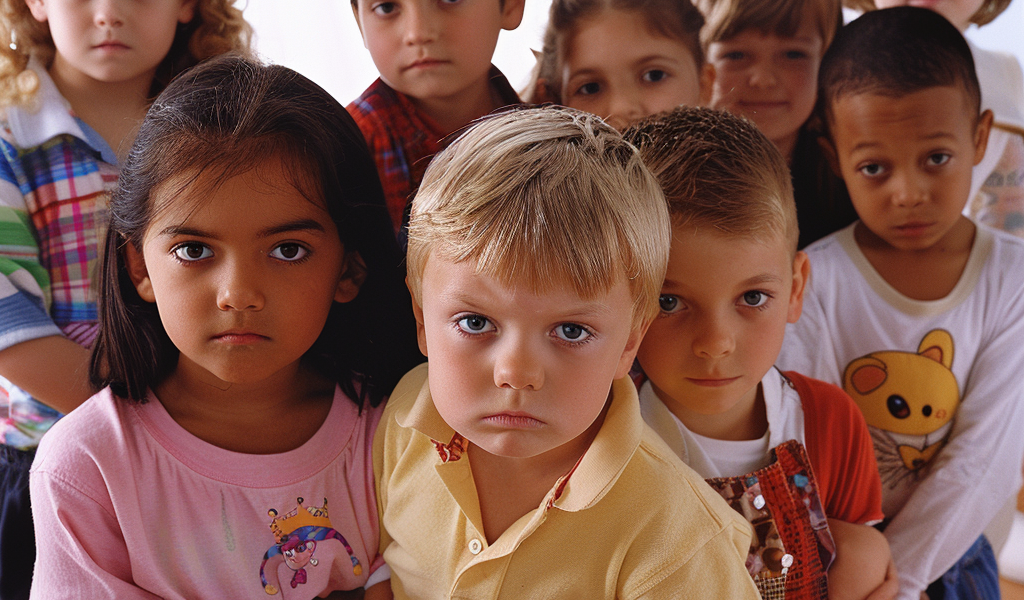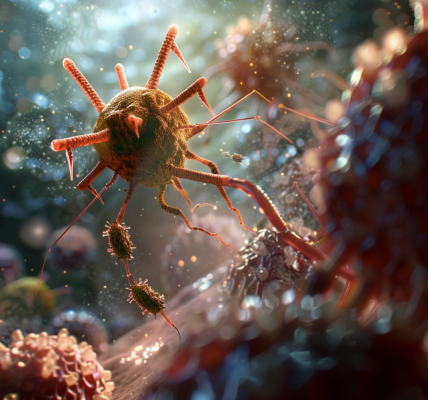Recent data from the Centers for Disease Control and Prevention (CDC) reveals a concerning trend in the United States, with a significant surge in diagnoses of attention-deficit/hyperactivity disorder (ADHD) among children. According to the CDC’s study, based on responses from over 45,000 parents to the 2022 National Survey of Children’s Health (NSCH), there has been a notable increase in ADHD diagnoses since 2016.
In 2022, the study shows that 7 million children aged between 3 and 17 have been previously diagnosed with ADHD, marking a rise of 1 million from 2016. This translates to approximately 1 in 9 children in the U.S. having received an ADHD diagnosis at some point in their lives. Furthermore, in 2022, 10.5% of children, totaling 6.5 million, were identified as currently having ADHD.
Among children currently diagnosed with ADHD, the study found that 58.1% exhibited moderate to severe symptoms of the disorder, with 77.9% also experiencing at least one co-occurring condition. These additional conditions ranged from behavioral issues like anxiety or depression to developmental challenges such as learning disabilities or speech delays.
ADHD is characterized by symptoms like attention difficulties, hyperactivity, and impulsiveness, typically manifesting in childhood and potentially persisting into adulthood. Common signs of ADHD in children include daydreaming, forgetfulness, excessive talking, restlessness, social challenges, difficulty with sharing, and careless errors.
Diagnosing ADHD is a complex process that does not rely on a single test. Parents who suspect their child may have ADHD are advised to consult a healthcare provider to evaluate if the symptoms align with an ADHD diagnosis. Diagnosis can be carried out by mental health professionals like psychologists or psychiatrists, as well as primary care providers such as pediatricians.
While behavioral therapy is often recommended either on its own or in conjunction with medication, the study revealed that only 53.6% of children with current ADHD had used medication, and 44.4% had undergone behavioral therapy within the past year, according to parental responses. Alarmingly, nearly a third of children (30.1%) did not receive any specific ADHD treatment, with older children aged 12 to 17 and those in non-English speaking households being less likely to receive treatment.
While lack of access to healthcare services may contribute to the undertreatment of ADHD in some children, shortages of ADHD medications may also be a factor in limiting appropriate care.





